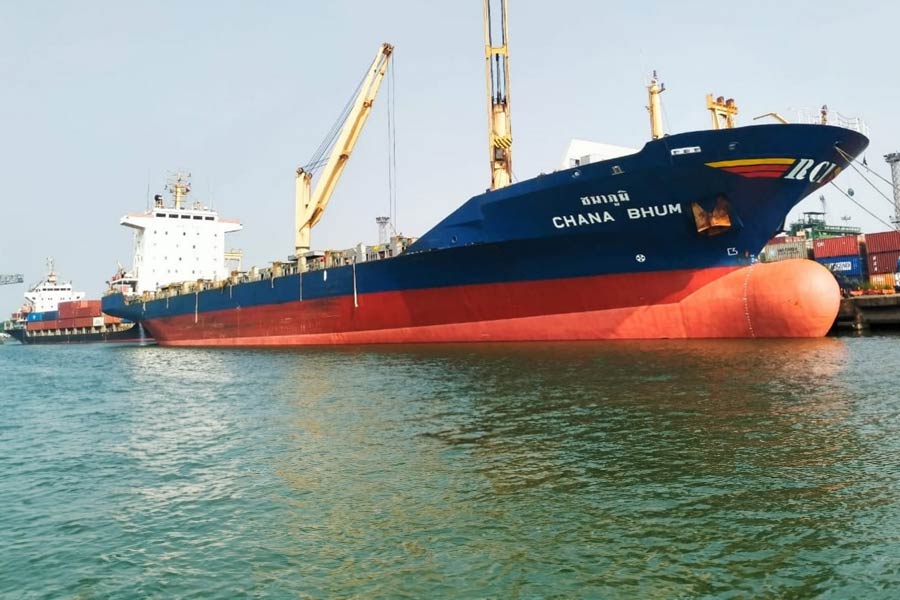Ports at Calcutta and Haldia underperformed major port peers in the first half of the fiscal by a wide berth, with the duo recording a deceleration of 8.7 per cent on a combined basis in terms of cargo handling, compared with a 5 per cent rise recorded by 12 major ports.
Coking coal, which accounts for the largest chunk of cargo handled by the duo, recorded a sharp 33 per cent fall during April-September of FY24 compared with the same period of the last fiscal.
Syama Prasad Mookerjee Port, Kolkata (SMPK) handled 28.54 million tonnes (MT) cargo in April-September 2024, compared with 31.26 MT a year ago. However, the Kolkata Dock System (KDS) showed a sharper cut of 15.18 per cent with tonnage slipping to 7.11 MT from 8.38 MT. In contrast, Haldia Dock Complex recorded 6.34 per cent drop to 21.42 MT against 22.88 MT a year ago.
Apart from SMPK, only Mormugao in Goa recorded a drop in cargo handling where tonnage slipped by 5.67 per cent. However, all major ports together handled 413.74 MT cargo in six months compared with 393.9 MT in H1FY23.
Deendayal (formerly Kandla) port was the best performer among the government-owned ports, recording almost double of the national growth. Cargo handled by this Gujarat port, which lies close proximity to Adani-owned Mundra, India’s single largest port, grew 9.88 per cent to 71.39 MT compared with 64.97 MT in H1FY23.
A major reason for SMPK’s fall was diversion of coking coal cargo from riverine and low draft Haldia/Kolkata to nearby deeper drafted sea ports at Paradip and Adani-owned Dhamra by traders and end-users. Compared with 10.22 MT coking coal, which is mostly imported from Australia and used by blast furnace-based steel makers, handled by SMPK in H1FY23, the volume dropped to 6.86MT in H1FY24.
Paradip’s coking coal tonnage increased by about 1 MT to 8.4 MT in H1FY24 from 7.37 MT in H1FY23. SMPK officials had earlier said coking coal volume would pick up from October, which signals the onset of the fair weather season, allowing big ships to anchor at Sandheads.
Due to the spike in seaborne bulk cargo rates, led by the Red Sea crisis, importers avoided anchorages like Sandheads and Sagar under SMPK. The fall in anchorage cargo traffic of coal has in turn affected the handling of this cargo by barges within the port and the Haldia floating jetty, amplifying the traffic loss.
Lower draft does not allow big ships which carry larger parcels to come to Haldia, increasing the cost of logistics for importers who miss out on economies of scale.










